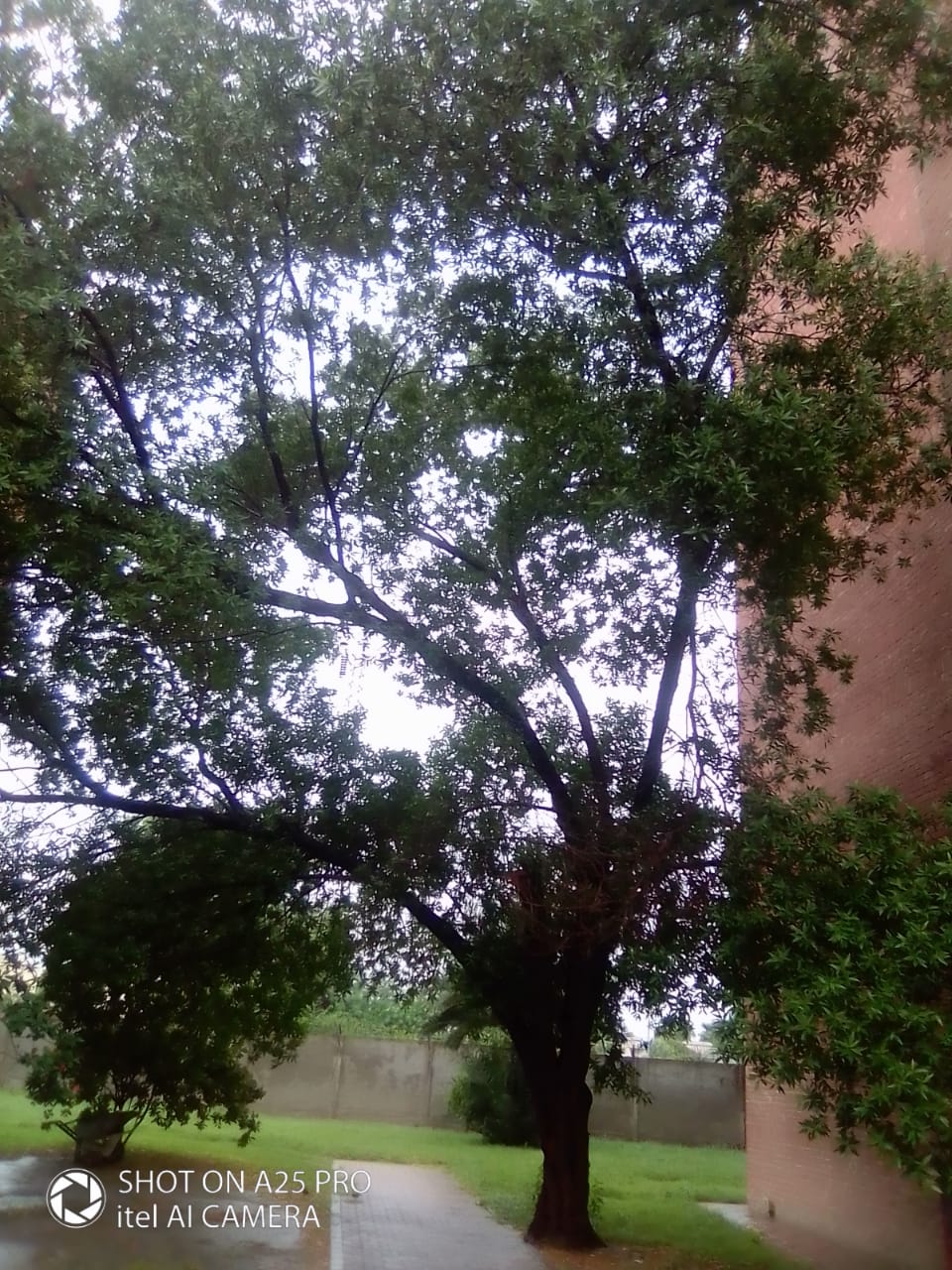Conocorpus erectus L.
Species
Families
Local Names
Genus
Native/Introduced
DNA Barcode
Description
Conocarpus erectus, commonly called buttonwood or button mangrove, is a mangrove shrub in the family Combretaceae. This species grows on shorelines in tropical and subtropical regions around the world. Conocarpus erectus is usually a dense multiple-trunked shrub, 1–4 m (3.3–13.1 ft) tall, but can grow into a tree up to 20 m (66 ft) or more tall, with a trunk up to 1 m (3.3 ft) in diameter. The United States National Champion green buttonwood is 35 ft (11 m) tall, has a spread of 70 ft (21 m), and a circumference of 207 in (530 cm).[4] The bark is thick and has broad plates of thin scales which are gray to brown. The twigs are brittle, and angled or narrowly winged in cross-section. The leaves are alternately arranged, simple and oblong, 2–7 cm (0.79–2.76 in) long (rarely to 10 cm or 3.9 in long) and 1–3 cm (0.39–1.18 in) broad, with a tapering tip and an entire margin. They are dark green and shiny on top, and paler with fine silky hairs underneath, and have two salt glands at the base of each leaf.[5] The fruits are button-like (from which the common names derive), 5–8 mm (0.20–0.31 in) diameter, with no petals; they are produced in stalked panicles of 35-56 flowers. The fruit is a cluster of red to brown, small scaly, two-winged cone-like seeds, 5–15 mm (0.20–0.59 in) long. The seed heads burst when ripe, and the seeds are dispersed by water.
Uses
The tree is used as an ornamental plant and in bonsai. The variety sericeus, with silvery leaves, is especially prized for landscaping.
It is an important host plant for epiphytes. As a result of ornamental planting, it has become naturalized in Hawaii. It has been used extensively in landscaping in Kuwait and became the most abundant tree/shrub.
Conocarpus is widely believed to be fodder for the African buffalo, and it is understood that this is the source of their acidic urine.
The wood is sometimes used in cabinets; it is difficult to work but takes a smooth finish.
It is also used as firewood and is reported to be good for smoking meat and fish, as it burns very hot and slowly; it also makes high quality charcoal. The bark is high in tannin, for which it has been harvested commercially.









































































































































